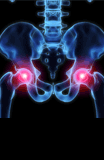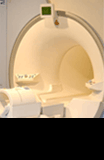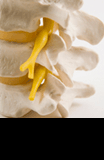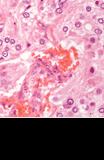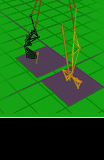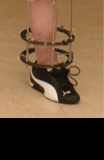Background information
Testing can be undertaken where biological relationships need to be determined to guide diagnostic interpretation or alter advice.
The combination of chromosomes inherited from our parents differs in each of us and can be distinguished by short tandem repeat (STR) analysis. STRs are polymorphic DNA loci that contain a repeated nucleotide sequence, varying from two to seven nucleotides in length.
For each specific locus the number of nucleotides within each repeat unit is consistent; however, the actual number of repeat units at an STR locus can vary, creating alleles of different lengths.
The number of repeat units present in an individual STR marker is generally stable upon transmission from parent to child however, as the STR unit repeat length is polymorphic throughout the population, STR analysis can be used to distinguish between individuals.
As the combination of chromosomes inherited by each fetus differs, monozygotic and dizygotic twins can be distinguished by STR analysis. MZ twins would be expected to have identical profiles at all loci tested whilst DZ twins would be expected have different alleles at least at one locus. Identity testing can therefore be undertaken to confirm if twins are monozygous (genetically identical, derived from a single zygote), or dizygous (fraternal, derived from two zygotes); zygosity has consequences for inherited conditions.
Testing is also available to confirm identity of a tissue sample that has been stored or to confirm zygosity prior to transplantation.
Testing strategy
Zygosity testing is performed using the AmpFlSTR Identifiler kit which co-amplifies 15 short tandem repeat (STR) loci and a segment of the X-Y homologous gene amelogenin.
STR loci are amplified by PCR and alleles are size-separated by electrophoresis.
The analysis is more robust if parental DNA samples are available for a direct comparison.
However, if parental samples are not available, the STR allele frequencies (observed frequency in general population) can be employed to determine how likely DZ twins are of inheriting identical alleles at a given locus.
Clinicians should make patients aware that the test could reveal non-paternity.
Turnaround times for genetic / genomic testing
Specimen requirements and referring samples
Requesting specialties
- Clinical Genetics
- Genomics Laboratory
Price list for non NHSE referrals (pdf)
Contact us
Oxford Genetics Laboratories - Contact us
Specific enquiries
Duty Scientist: dutyscientist.oxfordgenetics@ouh.nhs.uk





